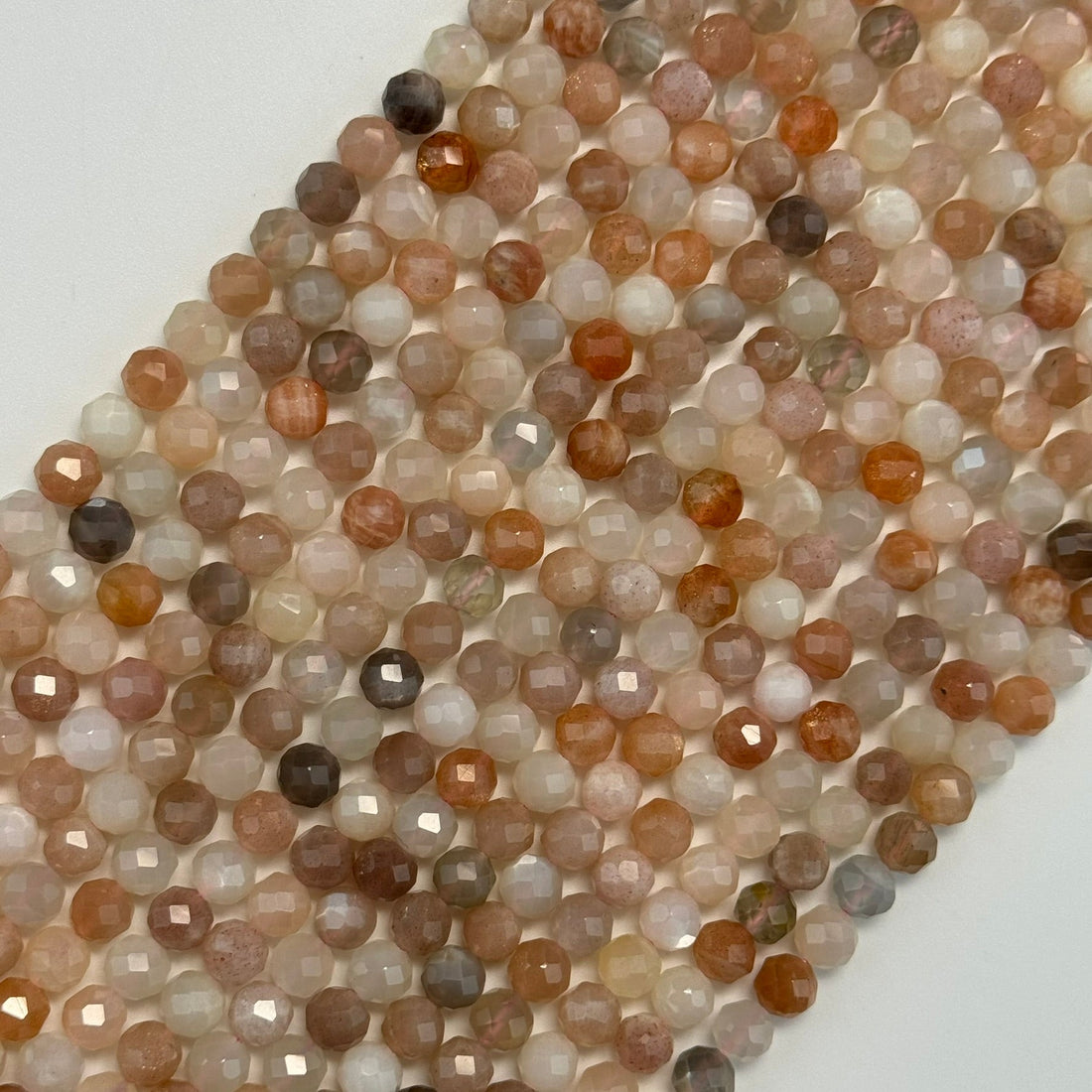
Beading for Beginners: Simple Projects to Get Started
Share
Introduction to Beading
Beading is a fun and creative craft that allows you to design your own jewelry and accessories. Whether you’re interested in making bracelets, necklaces, or earrings, beading is an accessible hobby that requires only a few basic supplies to begin. With patience and practice, you can create beautiful, handmade pieces that reflect your personal style.
Essential Beading Supplies
Before you start your first project, gather these basic materials:
Types of Beads
Beads come in a variety of materials, shapes, and sizes. Some popular options include:
-
Glass beads – Available in a range of colors and finishes, from transparent to opaque.
-
Gemstone beads – Made from natural stones like amethyst, turquoise, and jasper, adding a unique touch to jewelry.
-
Acrylic beads – Lightweight and affordable, great for beginner projects.
-
Wooden beads – Perfect for bohemian or rustic designs.
-
Metal beads – Often used as spacers or accents in jewelry making.
Stringing Materials
Choosing the right stringing material is essential for durability and flexibility. Common options include:
-
Elastic cord – Ideal for stretch bracelets, requiring no clasps.
-
Beading wire – A sturdy option for necklaces and bracelets that need extra strength.
-
Nylon thread – A good choice for intricate designs, knotting, or weaving techniques.
-
Leather cord – Great for earthy, natural jewelry styles.
Jewelry Findings and Tools
To complete your projects, you’ll need additional components and tools:
-
Clasps – Lobster clasps, toggle clasps, and magnetic clasps for secure closures.
-
Jump rings – Small rings used to attach charms, clasps, or pendants.
-
Crimp beads – Tiny beads that secure wire and prevent unraveling.
-
Pliers – Round-nose and flat-nose pliers for bending wire and closing jump rings.
-
Wire cutters – For trimming excess wire or cord.
Simple Beading Projects for Beginners
Once you have your supplies, it’s time to start creating! Here are some beginner-friendly projects:
1. Stretchy Beaded Bracelet
A stretchy bracelet is an easy and stylish project that requires minimal tools.
Steps:
-
Select your beads and arrange them in a pattern on a flat surface.
-
Cut a piece of elastic cord, leaving extra length for tying knots.
-
String the beads onto the elastic and ensure a snug fit.
-
Tie a secure knot using a double or surgeon’s knot.
-
Add a drop of glue for extra security and trim excess cord.
-
Let the glue dry before wearing your bracelet.
2. Basic Beaded Necklace
Creating a simple beaded necklace is a great way to practice stringing and securing beads.
Steps:
-
Choose a stringing material like beading wire or nylon thread.
-
Arrange your beads in a design before threading them.
-
Use a beading needle for precise threading if necessary.
-
Secure each end with crimp beads and attach a clasp.
-
Ensure everything is tight and properly secured before wearing.
3. Dangle Bead Earrings
Dangle earrings are a simple way to experiment with different bead shapes and colors.
Steps:
-
Select beads and headpins.
-
Thread a bead onto each headpin and create a loop using round-nose pliers.
-
Attach the loop to an earring hook and secure it.
-
Repeat for the second earring.
-
Experiment with layering beads for unique designs.
4. Beaded Keychain
A keychain is a great beginner project and a perfect way to practice basic beading skills.
Steps:
-
Choose a sturdy stringing material like nylon cord or wire.
-
Select beads that fit securely on your string.
-
Tie a knot at one end and start threading your beads.
-
Secure the end with a knot or a crimp bead.
-
Attach the finished strand to a keyring.
Tips for Successful Beading
-
Start with simple patterns – Before experimenting with intricate designs, master the basics.
-
Use a bead mat – Prevents beads from rolling away and keeps your workspace organized.
-
Check knots and crimps – Ensure security to avoid breakage.
-
Measure your string – Always cut a little extra to allow room for tying knots.
-
Experiment with different bead sizes and colors – This helps create visually appealing designs.
-
Practice patience – Beading is a relaxing craft, so take your time and enjoy the process.
Expanding Your Beading Skills
Once you feel comfortable with basic techniques, consider exploring:
-
Wire wrapping – Enhancing designs with wrapped beads or charms.
-
Bead weaving – Creating intricate patterns using loom or off-loom techniques.
-
Macramé beading – Knotting techniques combined with beads for unique textures.
-
Multi-strand jewelry – Designing layered necklaces or bracelets with multiple strands.
Conclusion
Beading is a rewarding craft that allows for endless creativity. With just a few supplies and simple techniques, you can create beautiful handmade jewelry. Start with easy projects and gradually build your skills to design more intricate pieces. Whether you’re making jewelry for yourself, gifts for loved ones, or even considering selling your creations, beading offers endless possibilities for artistic expression.